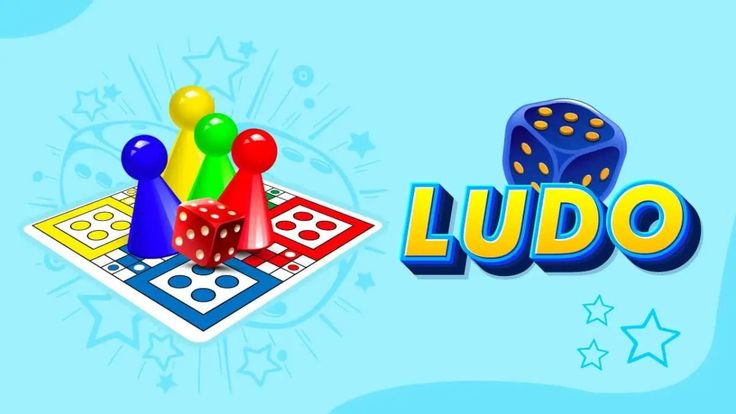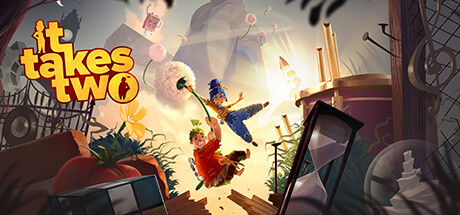
How to Play the Game Ludo: A Comprehensive Guide
Introduction
How to Play the Game Ludo – Hey there, readers! Welcome to the fascinating world of Ludo, a classic board game that has captivated generations of players worldwide. Whether you’re a seasoned pro or an absolute beginner, this guide will provide you with everything you need to know about the rules, strategies, and nuances of this beloved game.
Section 1: Setting Up the Game
1.1. The Board and Pieces
Ludo is played on a cross-shaped board with 4 squares in each arm. Each player has 4 tokens of their chosen color, which they will move around the board.
1.2. Dice Rolling and Movement
The game begins by rolling a single die. Players take turns rolling the die and moving their tokens clockwise around the board, starting from their home squares. The number rolled on the die determines the number of squares a token can move.
Section 2: Gameplay and Rules
2.1. Blocking and Capturing
When two tokens land on the same square, the token with the higher number will block the lower token, preventing it from moving. If a token lands on a square occupied by the opponent’s token, it captures the opponent’s token and sends it back to its home square.
2.2. Safe Squares and Star Points
Certain squares on the board are considered safe, where tokens cannot be captured. Additionally, there are star points that allow tokens to move twice the number rolled on the die.
Section 3: Strategy and Techniques
3.1. Blocking Opponents
One of the key strategies in Ludo is to block your opponents’ tokens to prevent them from moving forward. By strategically placing your tokens on key squares, you can hinder their progress.
3.2. Capturing Tokens
Aggressively capturing your opponents’ tokens can significantly slow down their progress. Try to anticipate your opponents’ moves and position your tokens accordingly to maximize your chances of capturing.
Section 4: Table Breakdown
| Aspect | Description |
|---|---|
| Board | Cross-shaped with 4 arms |
| Tokens | 4 per player, each with a different color |
| Dice | Single die used for movement |
| Safe Squares | Squares where tokens cannot be captured |
| Star Points | Squares that allow tokens to move twice the rolled number |
Section 5: Conclusion
Congratulations, readers! You’re now equipped with the knowledge and strategies to play Ludo like a pro. Remember, practice makes perfect, so don’t hesitate to play as often as possible.
If you’re looking for more in-depth game guides, be sure to check out our other articles on board games, card games, and video games. Thanks for reading, and happy gaming!
FAQ about Ludo
How many players can play Ludo?
2-4 players can play Ludo at a time.
How is the Ludo board setup?
The Ludo board is a cross-shaped board with 4 different colored starting squares on each side. Each player has 4 pawns that they move around the board.
How do you move your pawns?
You move your pawns around the board by rolling a dice and moving your pawns clockwise the number of spaces indicated by the roll.
How do you get your pawns into the home triangle?
To get your pawns into the home triangle, you must roll the exact number on the dice that corresponds to the number of spaces left before the home triangle.
What happens if you land on a space occupied by another pawn?
If you land on a space occupied by another pawn, you will send their pawn back to their starting square.
What happens if you roll a 6?
If you roll a 6, you can choose to move any of your pawns, even if they are not already in play.
How do you win a game of Ludo?
The first player to get all 4 of their pawns into the home triangle wins the game.
What is a “cut”?
A “cut” is when you land on a space occupied by another pawn and send them back to their starting square.
What is a “rollover”?
A “rollover” is when you land on a space occupied by your own pawn and move it ahead one space.
What is a “block”?
A “block” is when you have two or more pawns in a row, blocking other players from passing.





